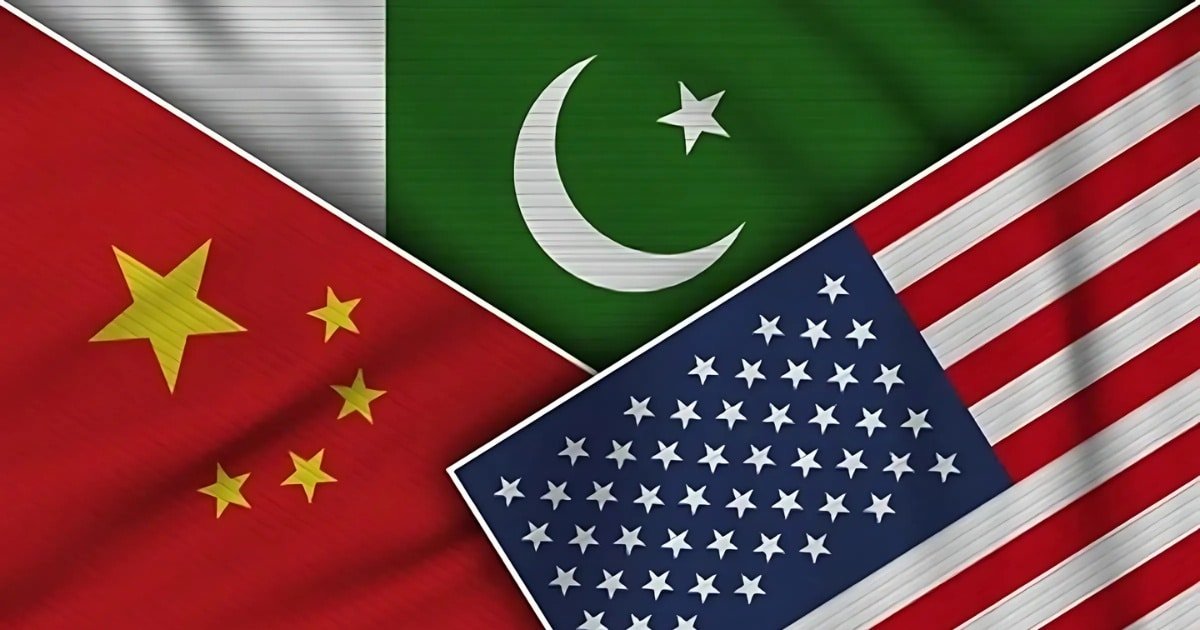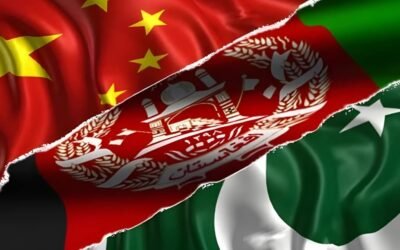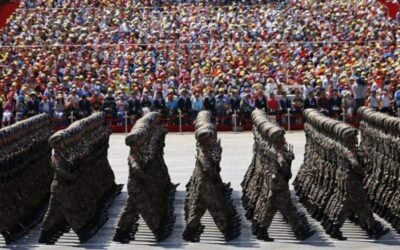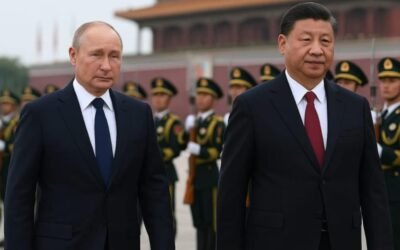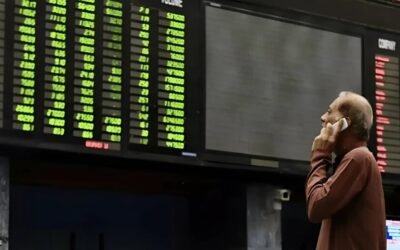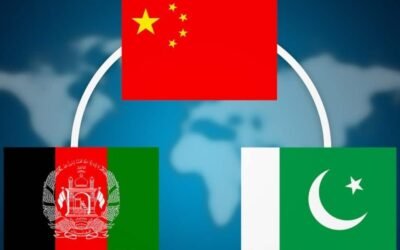Pakistan faces two economic paths. The Washington Consensus calls for open markets, subsidy cuts, privatization, and strict fiscal rules. Its backers say efficiency and growth follow when markets stay free. The Beijing Consensus stresses a strong state role. It favors gradual reforms, targeted investment, and control over key sectors. It also puts poverty reduction and stability beside growth. One model trusts the market. The other trusts state planning. For Pakistan, the choice shapes its economy, politics, and future resilience.
You May Like To Read: Information Warfare: How Israel Uses Media Warfare as a Tool Against Palestine?
Pakistan’s IMF Reforms vs China’s State-Led Growth
Pakistan has often been pushed toward the Washington Consensus through IMF programs. Governments floated the rupee, cut tariffs, reduced subsidies, and privatized state firms. These steps aimed to stabilize the economy and bring investment. Results were weak. Jobs did not grow fast enough. Poverty rose from about 35% in 2000 to nearly 45% by the mid-2020s. People faced higher prices for food, fuel, and power. Wages lagged behind. Manufacturing stagnated. Exports stayed narrow. Social spending fell as austerity took hold. Health, education, and infrastructure suffered. Analysts say the economy became more fragile and dependent on loans. Fast liberalization without strong institutions or safety nets left Pakistan with neither stability nor shared growth.
China’s path under its own model has been very different. The state played a central role for decades. Massive public investment built power plants, transport, ports, and factories. This fueled an export boom and rapid growth. Around 800 million people moved out of extreme poverty. The government kept strict political control and moved reforms step by step. This gradual approach, often called “crossing the river by feeling stones,” helped avoid social shocks. The results were striking. China saw years of double-digit GDP growth and a vast industrial expansion. Its strategy of guiding investment, instead of rushing all reforms at once, proved effective for its large economy and workforce.
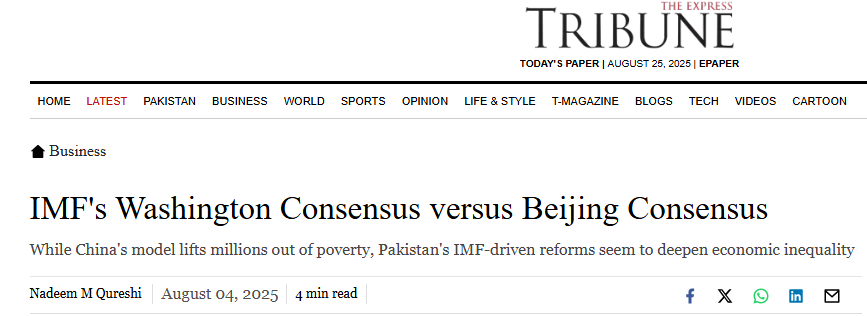
Source: The Tribune Express
Learning from China, Adapting for Pakistan
What does this mean for Pakistan? Many experts say the country should take lessons from China’s model. Pakistan’s new plans, like the expanded CPEC and the “Uraan Pakistan” export strategy, highlight infrastructure, education, and technology. These mirror Beijing’s priorities. China has already applied this approach in Pakistan. Through CPEC, it gave low-interest loans and built highways, power plants, and industrial zones. These projects created jobs and expanded capacity. Analysts note they also made Pakistan attractive to foreign investors. Supporters believe Pakistan can gain more by funding key industries and backing major projects. Such steps could help lift growth and reduce long-term dependence on bailouts.
Today, challenges are deeper. Public debt rose to Rs 76 trillion. Tax revenues stay weak. Institutions remain fragile. Unlike China, Pakistan lacks a vast state-owned banking system to fund large projects on its own. Copying China outright is unrealistic. What works in Beijing may not succeed in Islamabad.

Source: The News
Balancing Global Models and National Needs
The choice of model also has major geopolitical weight. A Washington path keeps Pakistan tied to the U.S. dollar and IMF conditions, leaving little policy freedom. A Beijing path builds closer bonds with China and other rising economies, giving more room to act on national terms. In reality, Pakistan blends both tracks. In 2024, it took a $7 billion IMF package to steady its economy. At the same time, it expanded links with China by enlarging its yuan swap line and pushing new infrastructure deals. This careful balancing shows a “third way” strategy, where Pakistan seeks stability while diversifying alliances.
Public opinion matters too. Many Pakistanis view IMF conditions as harsh dictates that enforce austerity. A China-like path, by contrast, appeals to national pride and the idea of independent growth. Chinese voices stress that their model preserves culture and sovereignty while building prosperity, also noting “keeping their culture and national pride intact”. In Pakistan, leaders and media often speak of “setting our own course.” Yet experts caution that slogans are not enough. Real progress needs deep reforms in education, health, and governance. Without these foundations, no model (Washington or Beijing) can deliver lasting development.
Conclusion
Neither the Washington model nor the Beijing model offers a ready-made fix for Pakistan. Most experts agree that the country needs its own plan, built from both ideas. In practice, this means keeping market-friendly policies to attract trade and investment, while also using the state to solve key problems and support important sectors.
For example, Pakistan can build roads and power plants, possibly with help from China, while also fixing taxes and rules to support local business. The goal is not to follow one model blindly, but to choose what works best for local needs. As one writer says, Pakistan’s leaders should drop rigid ideology and focus on practical steps. By taking the best from both Washington and Beijing, Pakistan can shape a path that leads to stronger, more stable growth.
You May Like To Read: Pakistan Presents 7-Point Peace Plan for Gaza at OIC Session in Jeddah

